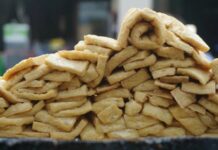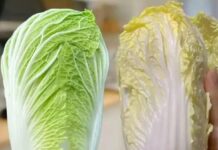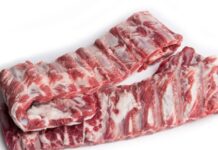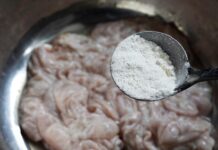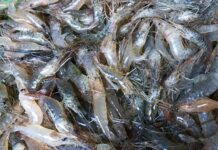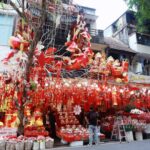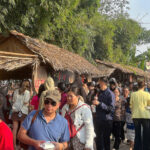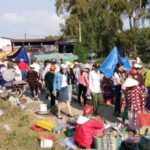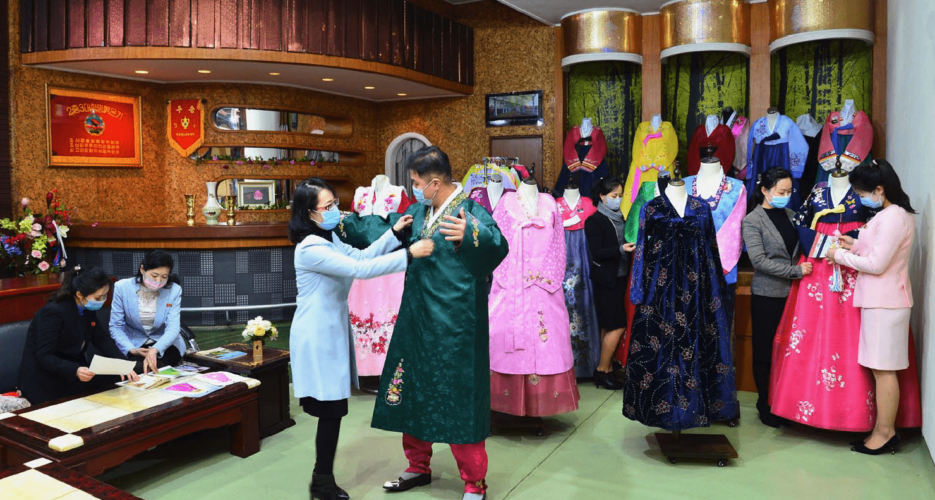
Image source: Rodong Sinmun
North Koreans typically start their New Year’s Day early, dressing up, performing ancestral rituals, and paying respects to elders. Traditional folk games such as yutnori, neolttwigi (seesaw), kite flying, and snow sledding add to the festive atmosphere.
However, it is not the Lunar New Year or Chuseok (Korean Thanksgiving) that are considered the most important holidays in North Korea. Instead, the birthdates of Kim Il-sung (April 15) and Kim Jong-il (February 16) are the country’s most significant national celebrations.
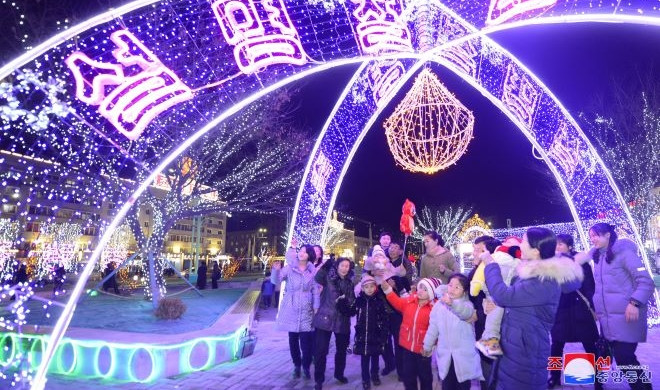
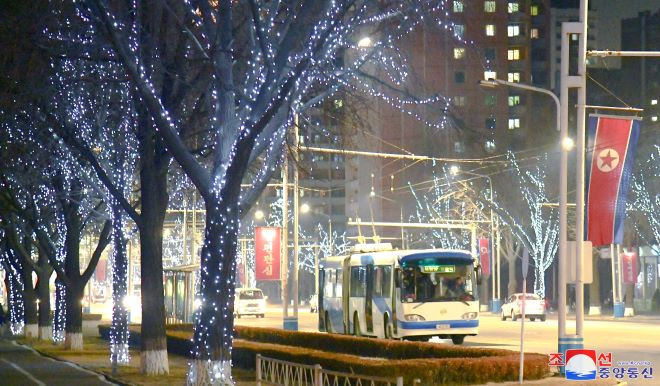
Images: KCNA
In the past, the Lunar New Year was considered a remnant of feudalism and was not officially celebrated in North Korea. However, in 1989, under the directive of Kim Jong-il, North Koreans began celebrating the Lunar New Year again, and it became an official holiday in 2003.
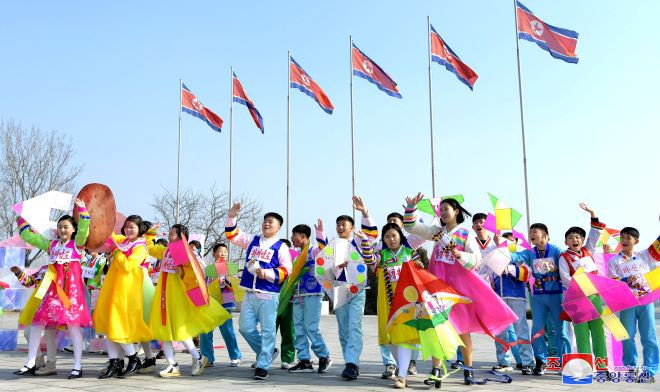
Image: KCNA
Additionally, to promote socialist-style holidays, North Koreans traditionally visit the Kumsusan Palace of the Sun in Pyongyang, where the bodies of Kim Il-sung and Kim Jong-il lie in state, or head to squares with statues of the leaders across the country to pay their respects.
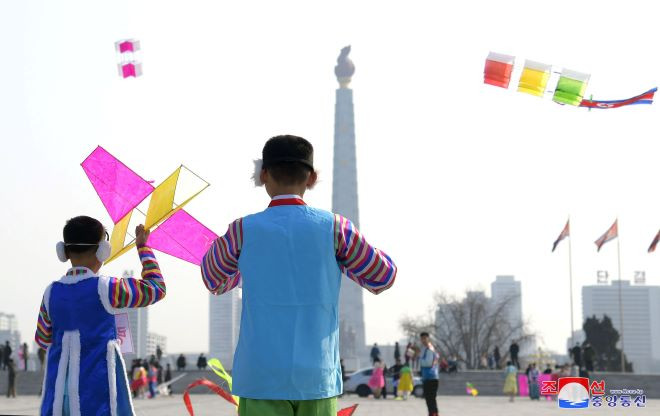
Image: KCNA
Despite being a holiday, North Korea, unlike some other Asian countries, does not grant time off work for the Lunar New Year.
The Korean Central News Agency (KCNA) emphasizes that “Our people always celebrate the Lunar New Year with joy, happiness, and absolute devotion. However, they do not forget to dedicate themselves and work hard following the example of the leaders.”
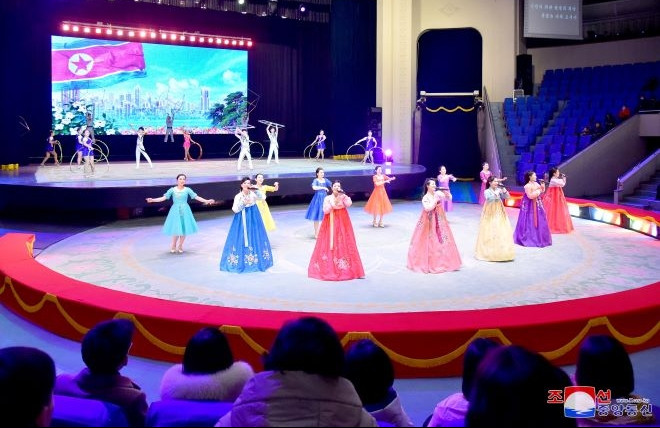
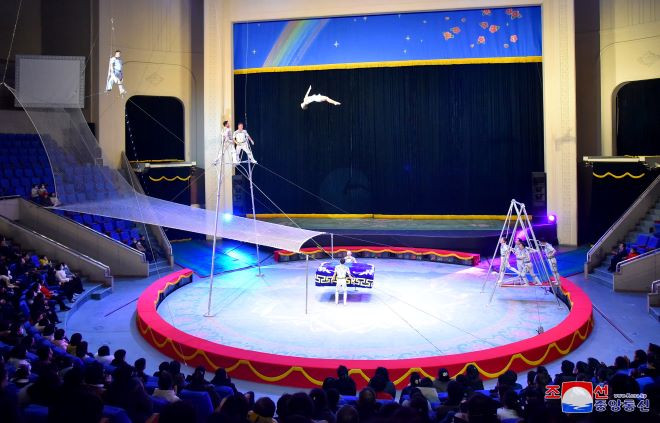
Images: KCNA
During this time, artistic performances are also held across North Korea, joining in the cheerful and vibrant atmosphere of the New Year while reflecting the people’s determination to build their nation.
The Heart of Nam Dinh: Unveiling a 700-Year-Old Marketplace, Overflowing with Nostalgia and Local Pride
Stepping into this ancient market in Nam Dinh, visitors are not only immersed in the traditional architectural space with its faded tile roofs and earthen bricks but also given the chance to relive their childhood through simple rustic treats such as sweet soups, ‘banh gai’ (a type of steamed glutinous rice cake), fried dough sticks, and ‘banh dung’ (a local delicacy made from glutinous rice).
The Ancient Three-Day Tet Market in the Heart of Hue That Still Thrills Visitors Today
As Tet, the Lunar New Year, approaches, the Tet Market in My Loi Village, Thua Thien Hue, buzzes into life. This vibrant marketplace is more than just a hub for exchanging agricultural specialties; it is a cherished tradition that has endured for centuries. The market holds deep spiritual significance, providing an opportunity for the community to come together, seek blessings for the year ahead, and joyously welcome the new year in a festive and heartwarming atmosphere.











